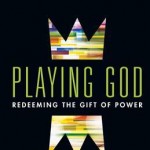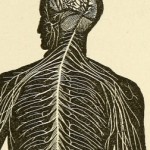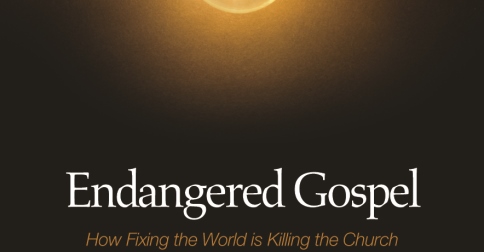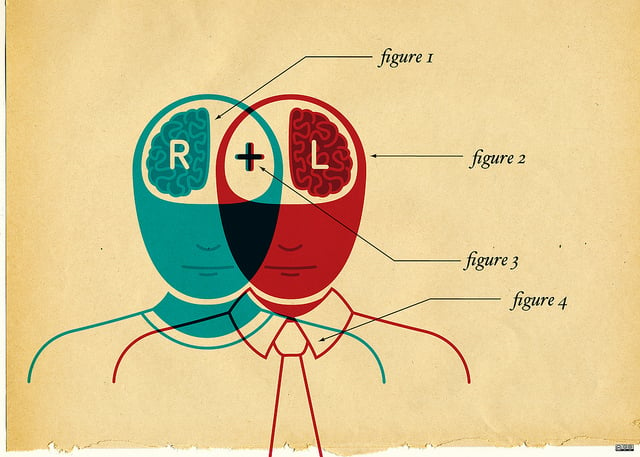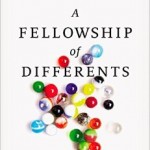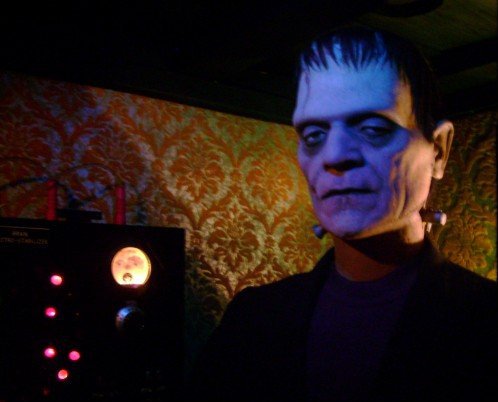
I have had several conversations over the last week that reminded me how little regard we have for the church as the body of Christ.
In reflecting on those conversations, I began to wonder if Dr. Frankenstein’s monster might be a fitting image for how we typically think of the body of Christ: a collection of parts, thrown together (and easily interchangeable) and animated by some external, mystical force like a lightning bolt.
Having been deeply formed by the individualism of Western Culture, we are trained to narrate our lives primarily as individuals and to think of ourselves as animated autonomously. For Christians, the church is often an afterthought, a collection of highly-transitory individuals. We have no problem jumping from one “body” to the next, either locally, or as we move from one place to another. (Let me be clear that I am NOT saying that individuals or families should never move from one congregation to another, but like an organ transplant, such transfers should be rare and be done with intentionality and the utmost care).
There is a deep sense in which churches, particularly in the Western world, are indeed monstrosities of this sort, not unlike the fictional one created by Dr. Frankenstein. What is particularly disturbing, however, is that we have little imagination for how our churches might be transformed into healthy, functioning embodiments of Christ. The Christian tradition has affirmed that in the death, burial, resurrection and ascension of Jesus, we have already been united as the body of Christ, but of course, we await the “not yet” of maturing fully into that long-existing reality.
In our Slow Church book, one of the things we are proposing is a basic vision of how churches mature to look less like Frankenstein’s monstrosities and more like healthy and whole embodiments of Christ. Here are a few landmarks that will, hopefully, set us off in the right direction toward being healthy, functioning church bodies:
1) Becoming conscious of the language we use. The church is always a community, not a building, not a worship service. All facets of Christian discipleship have an ecclesiological element and must be understood that way: we are baptized INTO the church, we share the Eucharist as a Body, when we show hospitality and care, we do so as the hands of Christ’s body, etc. Even in solitude, as Henri Nouwen has argued powerfully in Clowning in Rome, we should be contemplating and being restored as members of Christ’s body. Although there are Christian practices that might be frequently undertaken by individuals (prayer, study, meditation, etc.), they are never undertaken autonomously, i.e., apart from our identity and mission as part of a church community.
2) Stayed rooted in a particular congregation. I touched on this above, but healthy functioning bodies are not constantly in the process of giving and receiving body parts. As much as possible, we need to stay connected to our local body, and like a toddler learning to walk, we must endure the bumps, bruises and awkwardness as we patiently learn to function together. I highly recommend Jonathan Wilson-Hartgrove’s THE WISDOM OF STABILITY, if you want/need a compelling argument for staying put.
3) Commit deeply to the work of the body. Our churches are never going to be healthy, mature, functioning bodies, when our commitment to them never rises above passive religious consumption. Work is one of the practices that we highlight in the Slow Church book, as we in our McDonaldized world, with its penchant for labor-saving technologies, are prone to avoid it as much as possible. Bodies function together, it’s what they do, and we have to imagine and discern for what it means for our local churches to function together with all parts working together.
4) Learn the practice of conversation. The functioning of a body is always a conversation between the head and the members of the body. To pick up a pencil and write, my mind might will it, but many parts of my body will have to collaborate: my eyes, my right arm and hand, the rest of my body to keep me balanced. This act is completed through an intricate neurological conversation; a similar sort of “neurological” conversations are what we need as churches, of discerning of what is possible given the dexterity and strength of our members and if possible, how our members, empowered by the Spirit, are going to work together to get the job done. Like immature human bodies (babies/toddlers), there will be things that we simply won’t be able to do, but we always need to be responding to the mind of Christ, who is in our midst, and seeking to guide us via the Holy Spirit in baby steps toward maturity.
If we are willing to submit ourselves to these four things, we will be equipped to begin the journey from our present monstrosity to more mature embodiments of Christ in our places.

